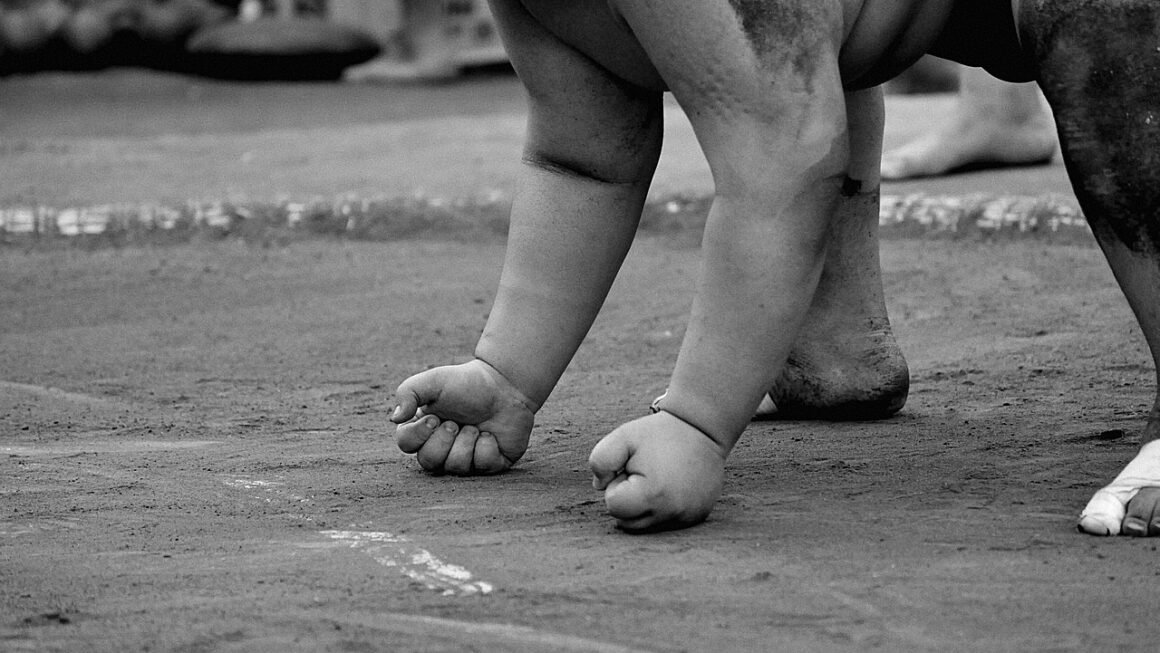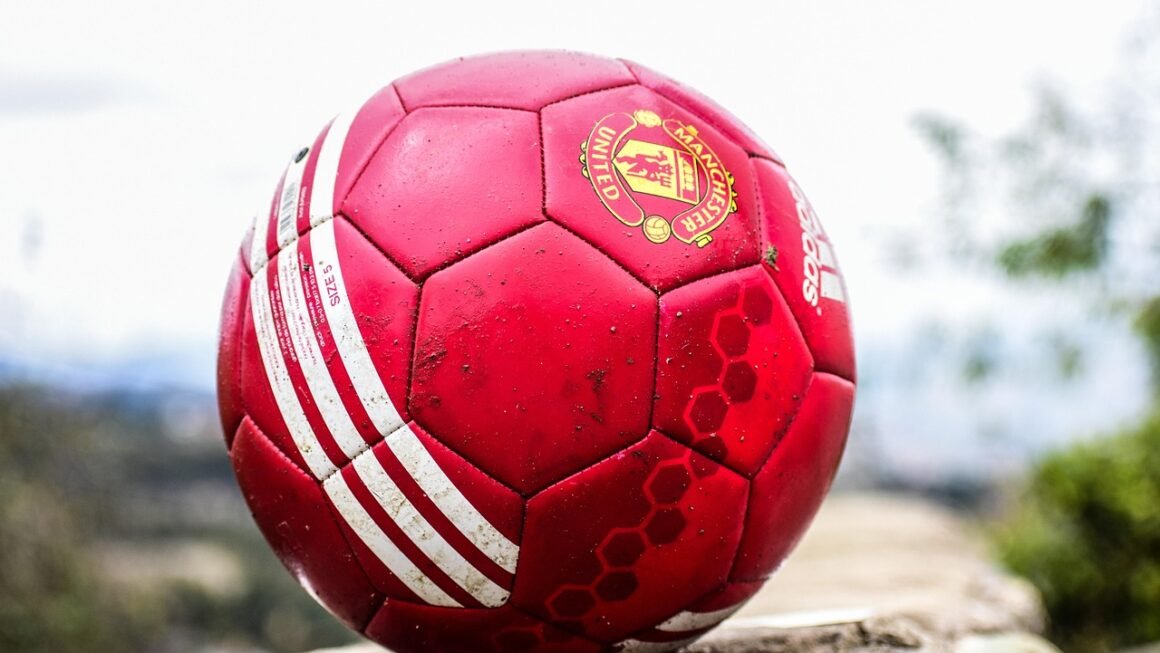Freestyle wrestling, a dynamic and exhilarating combat sport, pits two athletes against each other in a battle of strength, technique, and strategy. Unlike its Greco-Roman counterpart, freestyle wrestling allows the use of both legs and arms to execute holds and takedowns, creating a more open and fluid style. This blog post will delve into the intricacies of freestyle wrestling, covering its rules, techniques, training, and benefits, offering a comprehensive guide for both aspiring wrestlers and enthusiasts alike.
What is Freestyle Wrestling?
Defining Freestyle Wrestling
Freestyle wrestling is a combat sport where two opponents compete to pin each other or score more points through takedowns, escapes, reversals, and exposure. The key difference between freestyle and Greco-Roman wrestling is the use of the legs. In freestyle, wrestlers can attack and defend using their legs, providing a wider range of offensive and defensive options.
- Objective: To pin the opponent’s shoulders to the mat for a specified period or to accumulate more points than the opponent.
- Allowed Techniques: Takedowns, throws, leg attacks, escapes, reversals, and exposure maneuvers.
- Restrictions: Certain dangerous holds and striking are prohibited.
Historical Context
Freestyle wrestling has roots in various folk wrestling styles worldwide and gained popularity in the late 19th and early 20th centuries. It became an Olympic sport in 1904 and has since been a mainstay of the Games. Over the years, the sport has evolved, incorporating new techniques and strategies, but the fundamental principles of strength, agility, and tactical thinking remain at its core.
- Olympic Inclusion: First featured at the 1904 Summer Olympics in St. Louis.
- Global Popularity: Practiced in numerous countries, with significant followings in Eastern Europe, North America, and Asia.
- Governing Body: United World Wrestling (UWW) oversees the rules and regulations of freestyle wrestling globally.
Rules and Regulations
Scoring System
Understanding the scoring system is crucial for both wrestlers and spectators. Points are awarded based on the effectiveness and control displayed during various maneuvers.
- Takedown (2 points): Gaining control of the opponent on their feet and bringing them to the mat within bounds.
- Exposure (2-4 points): Exposing the opponent’s back to the mat at a dangerous angle or pinning them momentarily. The number of points varies based on the duration and extent of exposure.
- Reversal (1 point): When a wrestler who is underneath gains control of their opponent on the mat.
- Escape (1 point): Getting away from the opponent and achieving a neutral position when starting from the bottom.
- Penalty (1 point): Awarded to the opponent for illegal holds, stalling, or other rule violations.
Match Structure
A typical freestyle wrestling match consists of two three-minute periods, with a 30-second break in between.
- Duration: Two 3-minute periods.
- Criteria for Victory:
Pinning the opponent.
Technical Superiority: Outscoring the opponent by a significant margin (typically 10 points or more).
Most points at the end of regulation time.
- Tiebreakers: In case of a tie at the end of regulation, criteria such as the last point scored or technical points determine the winner.
Common Fouls and Penalties
To ensure fair play and safety, freestyle wrestling has strict rules regarding illegal actions.
- Illegal Holds: Techniques that can cause undue harm or target vulnerable areas, such as headlocks without arm control or joint locks.
- Stalling: Avoiding engagement or actively preventing the opponent from scoring.
- Unsportsmanlike Conduct: Actions that violate the spirit of the sport, such as taunting or abusive language.
- Penalty: The opponent is awarded a point, and the wrestler may face further disciplinary action.
Fundamental Techniques
Stance and Movement
A proper stance and agile movement are essential for maintaining balance, executing takedowns, and defending against attacks.
- Stance: A balanced and athletic posture with feet shoulder-width apart, knees slightly bent, and arms ready to engage.
- Movement: Quick footwork and lateral movement to create angles and maintain optimal positioning.
- Level Changes: Dropping the level to penetrate for takedowns or defend against incoming attacks.
Takedowns
Takedowns are a crucial offensive weapon in freestyle wrestling, aimed at bringing the opponent to the mat and gaining control.
- Single Leg Takedown: Grabbing one of the opponent’s legs and driving forward to bring them down.
Example: A wrestler shoots in, securing a single leg, and then lifts the leg while driving their shoulder into the opponent’s chest to complete the takedown.
- Double Leg Takedown: Grabbing both of the opponent’s legs and driving through to bring them down.
Example: A wrestler shoots in low, wrapping both legs, and then lifts and drives forward, taking the opponent to the mat.
- Ankle Pick: Quickly grabbing the opponent’s ankle to disrupt their balance and bring them to the mat.
Example: A wrestler uses a quick level change and hand movement to snatch the opponent’s ankle, pulling it up and forcing the opponent to lose balance.
Ground Techniques
Once on the mat, wrestlers utilize a variety of techniques to control their opponent, score points, or secure a pin.
- Leg Lace: A technique where the wrestler wraps their leg around the opponent’s leg and turns them repeatedly to score points.
Example: After a successful takedown, a wrestler can secure a leg lace, turning their opponent multiple times for exposure points.
- Cradle: Locking the opponent’s head and leg together to create a pinning situation.
Example: A wrestler secures a cradle by locking their hands around the opponent’s head and leg, applying pressure and aiming for a pin.
- Gut Wrench: Lifting the opponent from the side and turning them over to score points.
Example:* From a neutral position on the mat, a wrestler uses a gut wrench to lift and turn their opponent, scoring two or more points for exposure.
Training for Freestyle Wrestling
Physical Conditioning
Freestyle wrestling demands exceptional physical conditioning, encompassing strength, endurance, agility, and flexibility.
- Strength Training: Focus on compound exercises like squats, deadlifts, bench press, and overhead press to build overall strength and power.
- Cardiovascular Endurance: Regular cardio workouts like running, swimming, and cycling to improve stamina and oxygen uptake.
- Agility and Flexibility: Drills like cone drills, shuttle runs, and stretching exercises to enhance agility, coordination, and range of motion.
Technical Drills
Consistent technical drills are crucial for refining wrestling skills and developing muscle memory.
- Takedown Drills: Repetitive practice of various takedowns to improve technique, speed, and accuracy.
- Escape Drills: Drills focused on escaping from bottom positions, reversing control, and creating scoring opportunities.
- Sprawling Drills: Practicing the sprawl technique to defend against takedowns and maintain a strong defensive posture.
Mental Preparation
Mental toughness and strategic thinking are essential for success in freestyle wrestling.
- Visualization: Mentally rehearsing techniques and match scenarios to build confidence and sharpen focus.
- Goal Setting: Setting realistic and achievable goals to stay motivated and track progress.
- Stress Management: Techniques like deep breathing and meditation to manage anxiety and perform under pressure.
Benefits of Freestyle Wrestling
Physical Benefits
Engaging in freestyle wrestling provides numerous physical benefits.
- Improved Strength and Power: Wrestling builds overall strength and power through resistance training and dynamic movements.
- Enhanced Cardiovascular Fitness: The high-intensity nature of wrestling improves cardiovascular endurance and stamina.
- Increased Agility and Coordination: Wrestling requires quick footwork, precise movements, and excellent coordination.
- Weight Management: Wrestling is an effective way to burn calories, build muscle, and manage weight.
Mental and Emotional Benefits
Beyond the physical aspects, freestyle wrestling offers significant mental and emotional benefits.
- Increased Self-Confidence: Mastering wrestling techniques and overcoming challenges builds self-esteem and confidence.
- Improved Discipline and Focus: The rigorous training regimen instills discipline, focus, and a strong work ethic.
- Stress Reduction: Physical activity helps to reduce stress and improve mental well-being.
- Character Development: Wrestling teaches valuable life lessons such as perseverance, resilience, and sportsmanship.
Social Benefits
Freestyle wrestling provides opportunities for social interaction and community involvement.
- Teamwork and Camaraderie: Being part of a wrestling team fosters teamwork, camaraderie, and a sense of belonging.
- Networking: Connecting with other wrestlers, coaches, and enthusiasts creates valuable networking opportunities.
- Travel and Competition: Participating in tournaments and competitions provides opportunities to travel and experience different cultures.
Conclusion
Freestyle wrestling is more than just a sport; it’s a comprehensive training system that enhances physical, mental, and social well-being. From its dynamic techniques and strategic gameplay to its rigorous training regimen and life-long benefits, freestyle wrestling offers a unique and rewarding experience for athletes of all ages and backgrounds. Whether you are an aspiring wrestler, a seasoned competitor, or simply a fan of combat sports, understanding the nuances of freestyle wrestling provides a deeper appreciation for the dedication, skill, and passion that define this exhilarating discipline.



